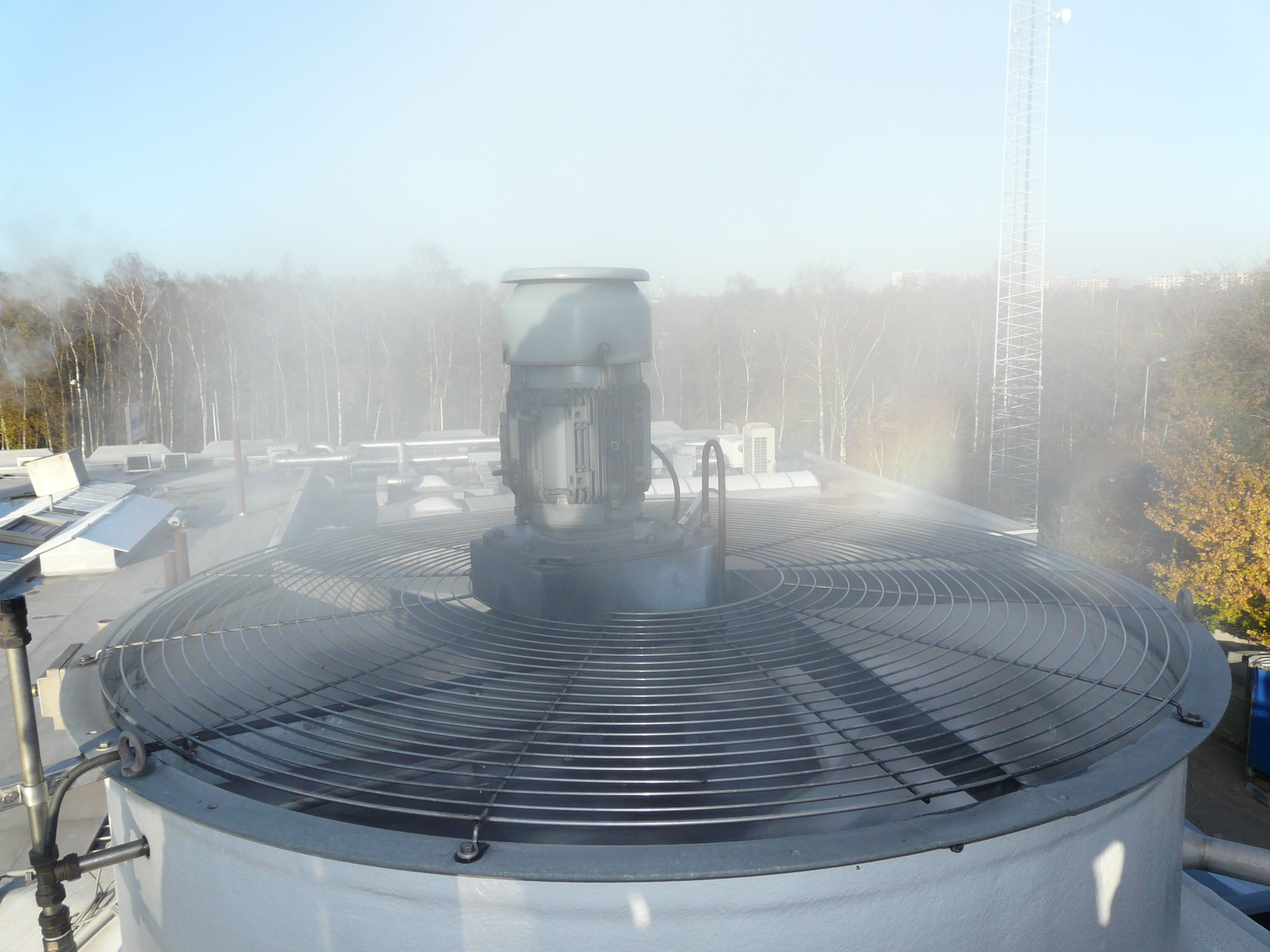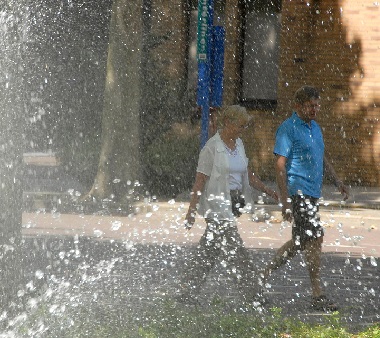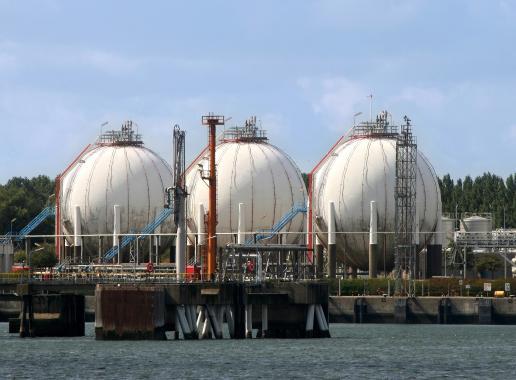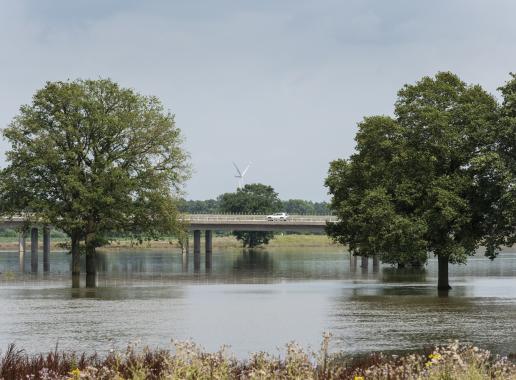Afbeelding
Wat is een natte koeltoren?
Natte koeltorens zijn onderdeel van koelinstallaties. Ze worden gebruikt voor het afvoeren van overtollige warmte uit productieprocessen en gebouwen door het vernevelen van water in een open constructie. Je vindt natte koeltorens bij onder meer grote kantoorgebouwen, ziekenhuizen, elektriciteitscentrales en chemische fabrieken.
Afbeelding
Natte koeltorens en gezondheid
Natte koeltorens kunnen een bron zijn van legionella. Vooral bij slecht onderhoud of beheer. Legionella is een bacterie die een acute infectie van de luchtwegen kan veroorzaken (legionellose). Daarom is het belangrijk dat we weten waar deze installaties staan. De kaarten met natte koeltorens kunnen helpen bij het opsporen van een uitbraak van legionellose.
Heel soms veroorzaakt de legionellabacterie een ernstige longontsteking. Dat heet ook wel veteranenziekte of legionellalongontsteking. Deze longontsteking kan zo ernstig verlopen dat mensen eraan kunnen overlijden. Er bestaat geen vaccin tegen de legionellabacterie. Behandeling met antibiotica is wel mogelijk.
Meld zelf een natte koeltoren
Niet alle natte koeltorens staan op onze kaart. Wij willen graag onze kaart zo actueel mogelijk houden. Daarom kan iedereen een natte koeltoren bij ons melden.
Volg het stappenplan hoe je dat kunt doen.
Wil je een wijziging doorgeven? De Atlas Leefomgeving past graag de gegevens voor je aan. Geef de gewenste wijzigingen door via het contactformulier.
Afbeelding
afbeelding
Beleid natte koeltorens
In de Omgevingswet (per 1-1-2024) staan in het Besluit activiteiten leefomgeving milieuregels voor natte koeltorens. De omgevingsdiensten en regionale uitvoeringsdiensten houden in opdracht van gemeenten en provincies toezicht op de naleving van de regels.
Kijk ook eens bij




